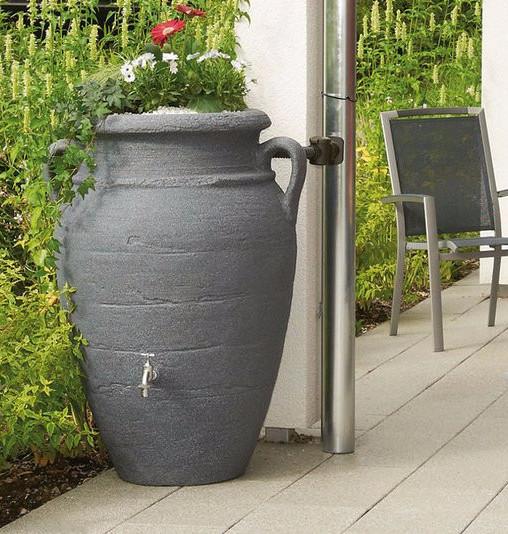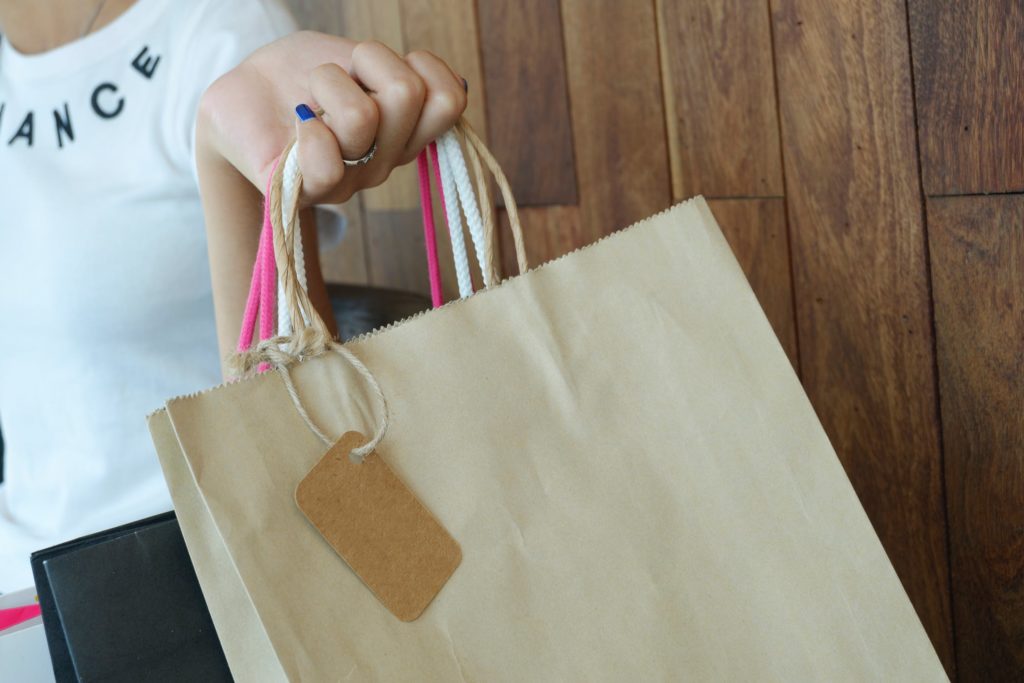Recently, we helped Freeflush Rainwater Harvesting – which designs, supplies and installs rainwater harvesting water systems to businesses and domestic customers – make the headlines by using its recent sales data to create a news story.
The heatwave and warnings of a hosepipe ban in June 2018 caused a huge spike in sales of Freeflush’s domestic rainwater harvesting systems – with 169% more sales in June 2018 compared to June 2017. During the same period, its website traffic increased by 131 per cent.
Using the data, we secured coverage in the likes of Daily Express, Love Property and Horticulture Week. The calculated impact of the media coverage came to over 5.7 million people. The story worked because it tapped into the news agenda (Britain loves a good weather story, after all), as well as consumer buying trends. We explain in more detail about how we developed the story and pitched it into the media in our PR Unlocked training course.

You don’t always need to invest in third party research to find information to create the news. Your business could well hold a lot of valuable statistics, which – when teamed with insights and trends – can produce a headline grabbing story.
Sales stats + timing x trends = news story
Here we take a look at some other examples of how businesses have tapped into their sales data, combining it with the right timing and wider trends to create news stories.
Examples of business statistics turned into news stories
Gen-Z yellow not so mellow for fashion and interior retailers
From fashion to interiors, all the glossy magazines have recently been talking about Gen-Z yellow (it’s overtaken Millennial Pink as the in colour, don’t you know). And it’s something brands and businesses are cashing in on too. Furniture retailer Swoon reported that searches for yellow furniture doubled. Sales of its yellow velvet sofas increased by 50 per cent in June and July 2018. Sainsbury’s Tu also tapped into the growing number of celebrities seen in various yellow tones, reporting that sales of its yellow clothing increased 220 per cent in June 2018.

Superdrug’s summer of love thanks to ITV show
Whether you loved or loathed it, Love Island not only broke records by being the most watched ITV 2 programme of all time, but it also resulted in an increase in sales of male grooming products. High street retailer Superdrug, which sponsored the show, saw profits rise 16 per cent. Superdrug said a number of products it promoted as being used by the guys in the show – such as tan-stimulating sun cream and charcoal toothpaste – were popular.
M&S scores with sales of waistcoats
Marks & Spencer – the official suit supplier to the England team – made the headlines during World Cup 2018 thanks to the ‘Gareth Southgate effect’, which saw sales for waistcoats increase 35 per cent. It was a great PR story that achieved widespread coverage, as well as inspiring social media memes, trending topics and a huge spike in online searches. Read more about PR, marketing and social media lessons from Gareth Southgate.
Tesco cashes in on Waitrose’s Delia Smith ads
We love a bit of guerrilla marketing and brands jumping onto other business’ marketing efforts. Back in 2010, Waitrose launched a multi-million pound campaign featuring Delia Smith and Heston Blumenthal. In one of the ads, Smith showed viewers how to cook a rhubarb crumble. Tesco responded and publicly thanked its competitor for helping to boost its sales of rhubarb.
Tips for using your sales statistics to create news story
If you want to use your sales statistics to create a news story and achieve media coverage there are a number of things you need to consider before writing a press release.
- Are you comparing like-for-like? If you’re comparing sales statistics from one period of time to another, make sure it’s the same period of time (e.g. June in 2018 compared to June 2017).
- Although from a business point of view you’ll want to see sales increasing, if sales of certain products decrease that could also create an interesting story (e.g. researchers found the growing popularity of spiralisers and courgetti caused a decrease in the sale of pasta).
- Is it really a notable increase or decrease? A few extra sales here and there aren’t anything to report on – make sure you can see a big spike or drop.
- Don’t just look at sales. Can you see an increase in website visitors, certain keywords searched and/or enquiries? This can be interesting to include and strengthen your story.
- Think about what has caused the increase or decrease in sales of that particular product. Is it due to extreme weather, a sporting tournament, a popular TV or film, something a celebrity has been seen wearing/eating/driving/visiting, any other fads or trends?
If you want help turning your sales data into news stories to generate media coverage, contact Unhooked Communications to see how we can help.

